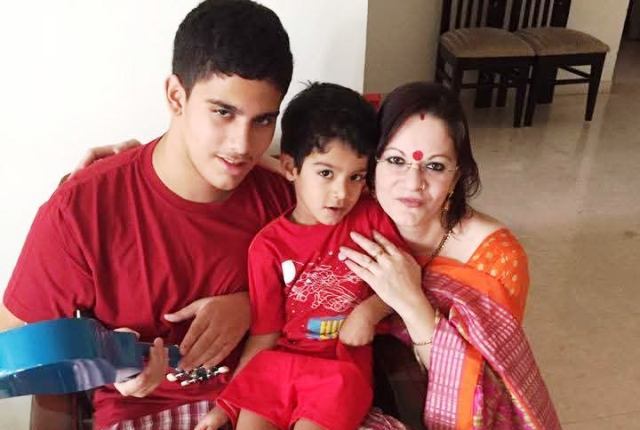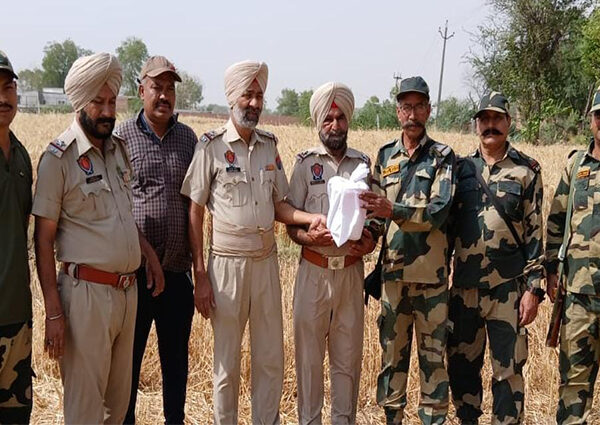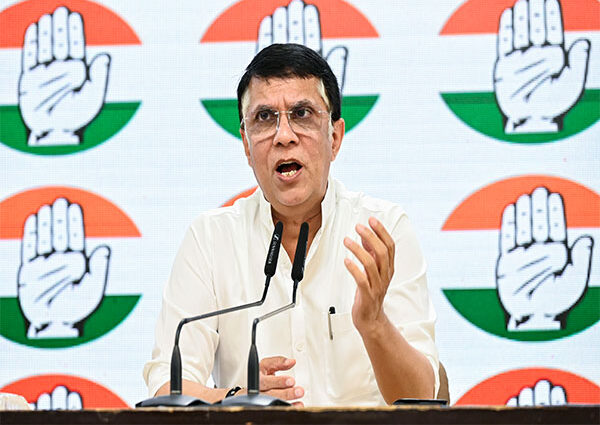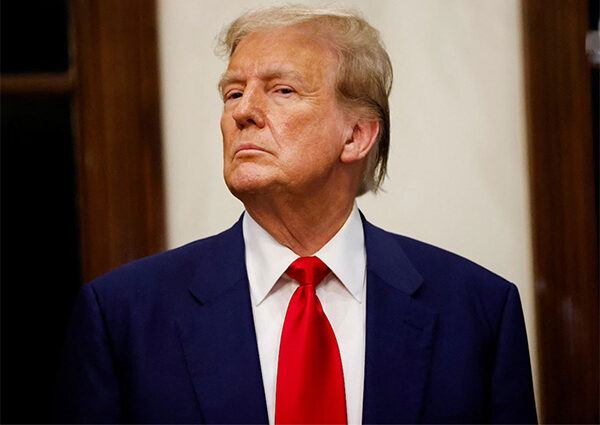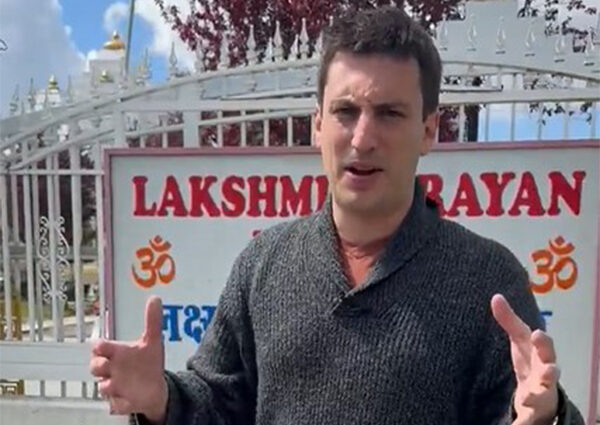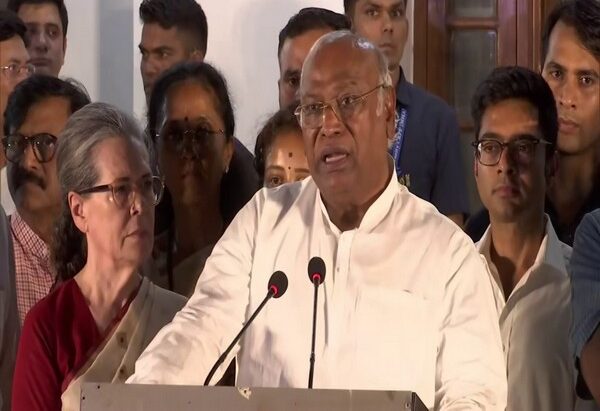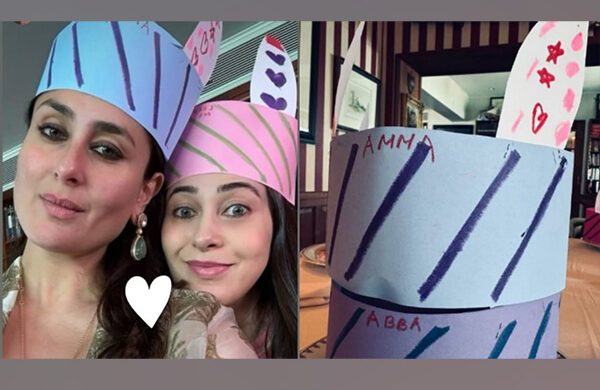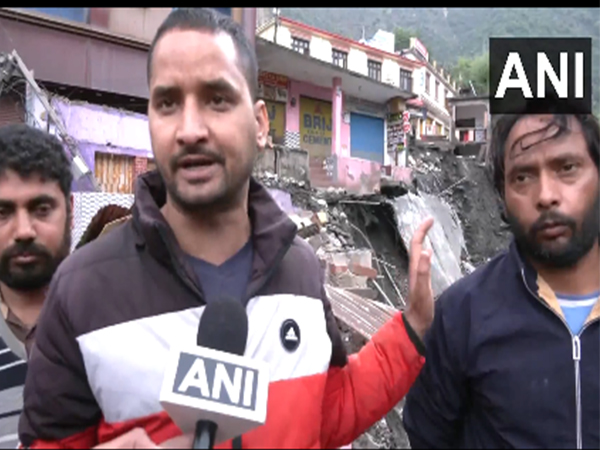Nalini Ganguly, a mother of two and a freelance author, does not ask for sympathy. All she demands is a seat at the table; and several gaps in our society to be plugged. Her story
I am the mother of two boys. My elder son, Nilanjan, is autistic. And while I have grown stronger and softer in equal measure over the years, what continues to sting is not his diagnosis—it’s the world around us.
I was the outgoing child of an Air Force officer and a schoolteacher, moving from base to base, making new friends, adapting. I married Kaushik when we were just 22—far too young! Getting pregnant wasn’t easy. But when Nilanjan came into our lives, we were ready. Or so we thought.
From the beginning, something felt different. Even as I breastfed him, there was no eye contact. He said just two words—‘baby’ and ‘sabun’—before going silent after the MMR vaccine. He began lining up toys, walking on tiptoes, and spinning endlessly. But no one around us could explain why.
It took a move from Calcutta to Delhi and countless appointments before we met Dr. Amit Sen, who diagnosed Nilanjan with autism. I couldn’t speak. I couldn’t think. Then I saw a classroom full of autistic children—shouting, stimming, lost in their own worlds—and I broke down completely. That was the moment my old life ended.
What followed was a year of therapy, tears, and teaching. My husband was in denial mode. I was alone. I sat with Nilanjan for hours building words, teaching him rhymes, numbers. My father—my rock—drove us daily to therapy sessions, while I sat in the shade of a tree and learned what echolalia and stimming meant from books my aunt sent from Philadelphia.
Finding a school was another mountain. After much searching, The Banyan Tree in Gurgaon welcomed him. He thrived. His educator, Sandhya Jain, was a blessing. I restarted my career as an English teacher, fitting work around his needs, chasing a B.Ed. degree on the side. My life was a carefully choreographed balance of caregiving and survival.
ALSO READ: ‘Professional Support is Crucial For a Child With Special Needs’
When Banyan Tree lost its way, I moved to Heritage School, but only because they would admit my son if I joined as faculty. Later, when that became unsustainable, I entered the EdTech space. A lucky break, yes—but luck built on relentless work.
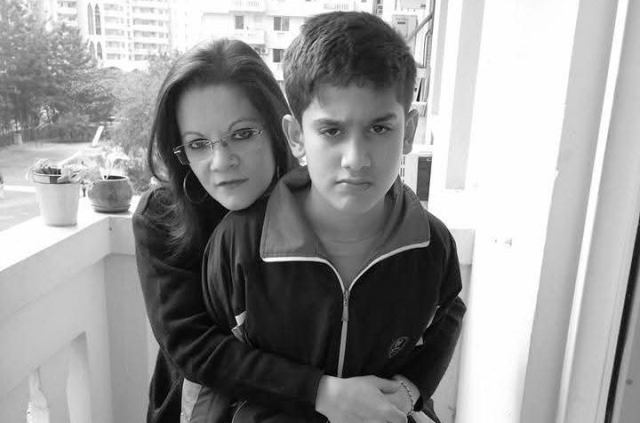
But the hardest part of this journey hasn’t been the therapy or the schooling. It’s been society. In Delhi and Gurgaon, I lost count of the stares and whispers, even admonitions to ‘keep your child in check’. At malls, parks, even hospitals—everywhere, Nilanjan’s meltdowns were judged. I used to cry in public restrooms. Once he crossed 11, things got harder. Medications helped, but the emotional toll never really goes away.
Things changed when we moved to Bangalore in 2017. People here don’t stare. There’s more awareness. There’s more kindness. But inclusion? That’s still a long way off. Most kids like Nilanjan don’t have social circles outside school. Neurotypical kids rarely include them in play. How can they, when we still don’t teach empathy in our education system?
What I long for is not sympathy, but understanding. What I hope for is not charity, but space. Classes in yoga, music, dance—for kids like mine. A seat at the table. An invitation to a birthday party. A moment in the sun.
I don’t have advice for other parents—each journey is unique. Mine is built on the love of animals, the solace of work, the unspoken bond with my son. I have learned to hold my grief lightly, because my hands are full of purpose.
We often speak about inclusion. But for most families like mine, it still feels like a distant promise. It’s time we move from awareness to acceptance—and from acceptance to action.
As told to Mamta Sharma
